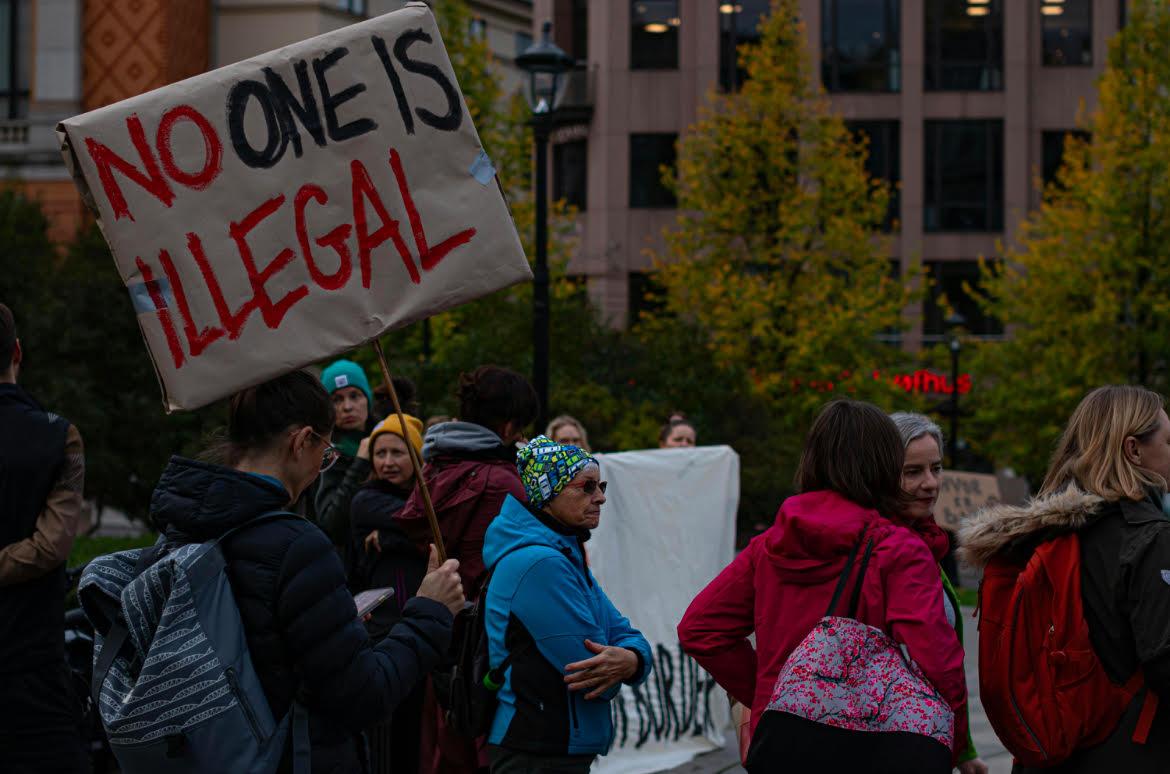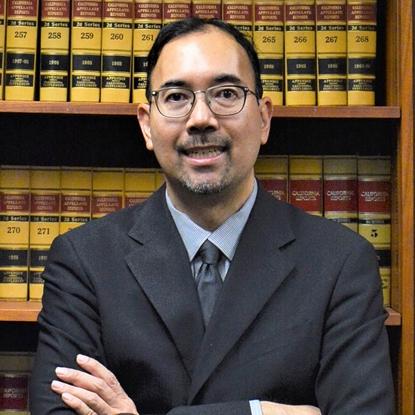A federal judge blocks Trump’s attempt to cut funding to sanctuary cities as California vows to defend its immigrant protections.
LOS ANGELES, CA – California is once again on a collision course with the White House, after President Donald Trump signed a new executive order intensifying efforts to penalize so-called sanctuary jurisdictions. The order, issued on April 28, 2025, directs federal agencies to identify cities and counties that limit cooperation with immigration enforcement, with the aim of cutting their access to certain federal funds.
The move has reignited the long-standing clash between federal immigration authorities and California, which has one of the country’s largest immigrant populations and some of the strongest sanctuary protections in place.
Executive Order Reignites Federal-State Showdown
President Trump’s order, “Protecting American Communities from Criminal Aliens,” authorizes the Department of Justice (DOJ) and the Department of Homeland Security (DHS) to compile and publish a list of jurisdictions that refuse to fully cooperate with U.S. Immigration and Customs Enforcement (ICE). The order instructs those agencies to determine which federal grants can be withheld from those jurisdictions and explore additional civil enforcement actions.
In addition, the order calls for enhanced data sharing between federal agencies and local law enforcement and proposes eligibility verification for federal public benefits in noncompliant areas.
In a statement released by the White House, the administration said the new action is intended to “restore law and order in cities where public safety is being compromised by illegal sanctuary policies.”
California Leadership Stands Firm
While Governor Gavin Newsom did not release a new statement following the executive order, his administration’s stance has remained unchanged. The state has long defended its sanctuary policies, arguing that local law enforcement should not act as an extension of federal immigration authorities—a position that, they contend, fosters trust and cooperation in diverse communities.
In 2024, anticipating renewed federal action on immigration, Governor Newsom approved $25 million in legal support funds to help defend California laws from federal challenges. This fund is expected to cover legal expenses for local jurisdictions now under scrutiny.
“We must ensure that every Californian—regardless of immigration status—feels safe reporting crimes, sending their children to school, and seeking healthcare,” Newsom said in a prior statement reaffirming the state’s approach.
Federal Judge Temporarily Blocks Funding Cuts
The administration’s enforcement plan, however, has already encountered a legal hurdle. On April 24, U.S. District Judge William Orrick issued a preliminary injunction preventing the administration from withholding or conditioning federal grants based on a jurisdiction’s sanctuary status.
The ruling prohibits the Trump administration from penalizing cities or states through funding restrictions while litigation is pending. Judge Orrick stated that such actions likely exceed the constitutional powers granted to the executive branch and infringe on Congress’s authority to control federal appropriations.
Legal scholars note that the ruling echoes similar court decisions from Trump’s first term, where federal attempts to restrict funding over sanctuary policies were consistently blocked.
Sanctuary Cities at the Center of 2025 Debate
The latest executive action underscores President Trump’s continued emphasis on hardline immigration enforcement during his second term. Sanctuary jurisdictions—especially in California—have been a frequent target of his rhetoric, with the administration arguing that local resistance to ICE undermines national security.
Supporters of sanctuary policies, however, point to studies showing that crime reporting and community cooperation improve when undocumented residents are not afraid of being detained by local police.
As California reaffirms its commitment to its policies, the legal fight now heads toward what could become another pivotal constitutional test over federalism and immigration authority. With millions of residents in California affected by these policies, the stakes remain high on both sides.







